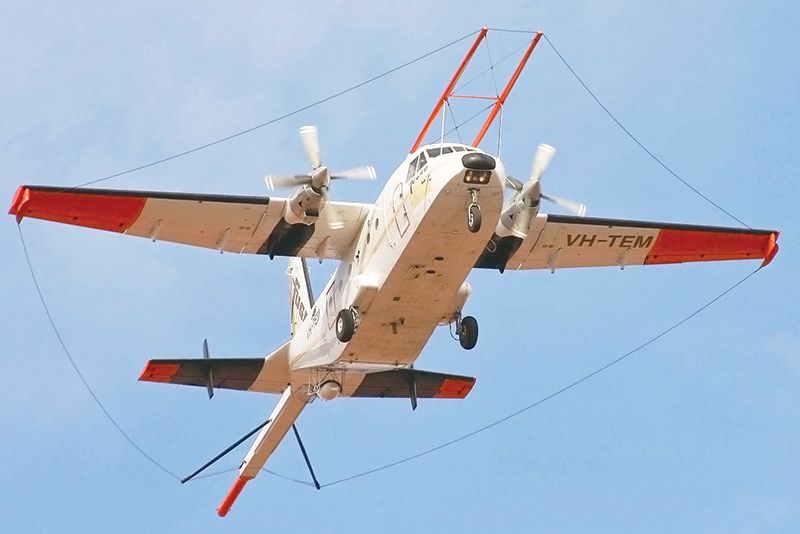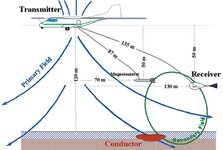Hi Fellow Treasure Hunters,
I have access to a great number of mountains in an undisclosed location in Asia. These mountains are rich in many metals and minerals including copper, chromium, manganese, molybdenum, lead, zinc, antimony, indium, zirconium and PGM (shiny shiny) ores. I am looking forward to obtain advice from a geologist to guide me about the EQUIPMENT required to map certain locations i.e. create a whole geophysical survey of the elements located UNDERGROUND to a depth of 100 meters in any location. I would want to know depth measurement, size of deposit, consistency of earth around it and any other information that can be achieved that I may have missed here.
Budget is not an issue when it comes to purchasing the equipment. Your help will be highly appreciated.
I have access to a great number of mountains in an undisclosed location in Asia. These mountains are rich in many metals and minerals including copper, chromium, manganese, molybdenum, lead, zinc, antimony, indium, zirconium and PGM (shiny shiny) ores. I am looking forward to obtain advice from a geologist to guide me about the EQUIPMENT required to map certain locations i.e. create a whole geophysical survey of the elements located UNDERGROUND to a depth of 100 meters in any location. I would want to know depth measurement, size of deposit, consistency of earth around it and any other information that can be achieved that I may have missed here.
Budget is not an issue when it comes to purchasing the equipment. Your help will be highly appreciated.
Upvote
0






